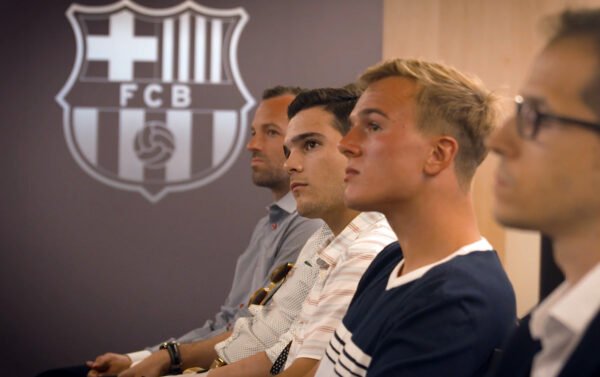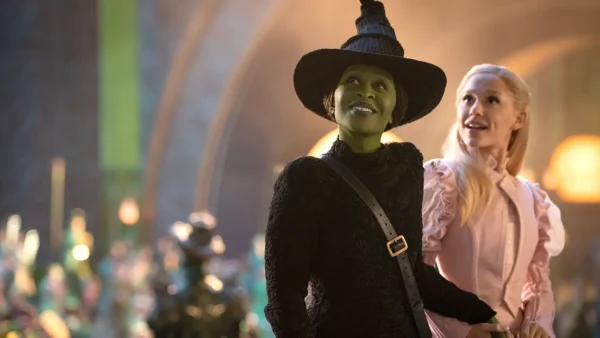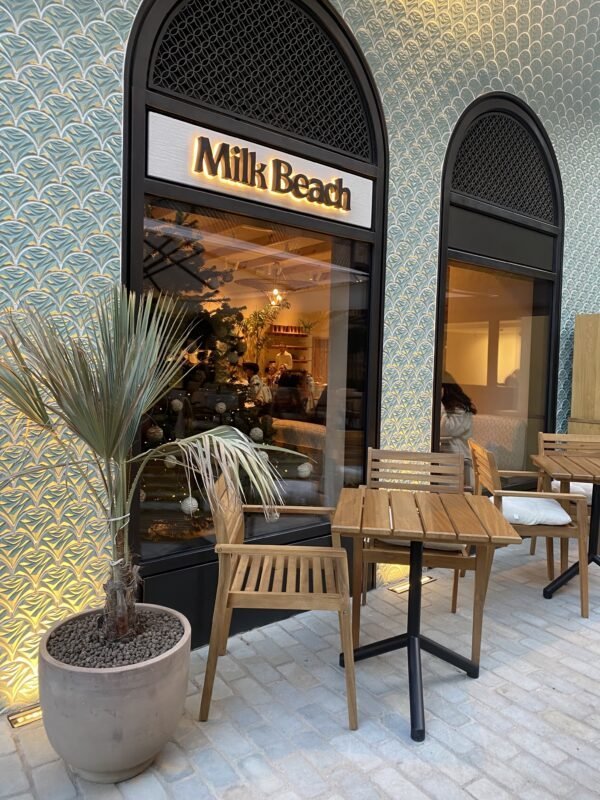
Sir Peter Blake Set to Unveil New Sgt Pepper’s-inspired Tube Mural

Towards the end of November 2017, legendary pop artist Sir Peter Blake announced that he was creating a mural inspired by his now fifty-year-old album cover for The Beatles’ “Sgt. Pepper’s Lonely Heart’s Club Band” at Turnham Green tube station. The location was inspired by its proximity to the Chiswick Empire Theatre, closed in 1959, a music hall where the artist saw many legendary acts including Cliff Richard and Max Miller.
The mural will pay tribute to the one-time treaders of the Empire’s boards, though it isn’t the first time Blake has revisited his iconic album cover. He created a version as part of the campaign for Liverpool to be made European City of Culture in 2008, and another reworking to mark a new extension to Bath’s Holburne Museum to represent the city’s residents of renown. To mark his 80th birthday in 2012, Blake once again revisited the cover, filling the sleeve with “family, friends and icons,” including Elvis Costello, Amy Winehouse and John Peel.
Peter Blake’s art is regularly shown at galleries worldwide, but little else of his catalogue—even the artwork for the Band Aid charity single “Do They Know It’s Christmas?”—is as cemented in the public consciousness as his first album sleeve. Yet, Blake told the BBC that year that he considers the album cover to be “a cross I bear,” adding: “What vaguely depresses me still is that I’m known pretty much as ‘Peter Blake—who did the cover of Sgt Pepper’ when I’ve done so much else.”

So how did that album become such an albatross, and what work should we be remembering Sir Peter Blake by instead?
The legacy of the Sgt. Pepper’s album cover
The most expensive album artwork of all time when it was released, Sgt. Pepper’s cost £3,000—sixty times more than the average record sleeve, and over £51,000 in today’s money. This cost was less about the printing of the cardboard cutouts, and more to secure the likeness rights of the celebrities portrayed. It was also the first rock album to win the best album cover award at the Grammy Awards, which had then been going strong for eight years. In fact, the record sleeve marked a number of firsts for pop album packaging, such being the first to include the songs’ lyrics on the sleeve.
Considering the album sold over a quarter of a million copies in its first week alone, and is still one of the ten best-selling albums of all time, it may well be one of the most widely-seen pieces of pop art ever. It also spawned a number of imitators relatively quickly, with the Rolling Stones hiring the same photographer for their album Their Satanic Majesties Request, released six months later. Meanwhile, Frank Zappa’s outright parody, We’re Only In It for the Money, was conceived as a “negative version” of the Pepper sleeve, and ultimately censored by Zappa’s record label until its CD release in the nineties.
The legacy of Sir Peter Blake
Yet Blake’s work was widely acclaimed long before the Fab Four came calling; graduating from the Royal College of Art in 1956, the artist found himself featured in the inaugural Sunday Times colour supplement for works like 1961’s Self Portrait With Badges. He was also one of four modern artists featured in a widely-watched BBC documentary entitled “Pop Goes the Easel”.
With Sgt. Pepper as something of a calling card (at least, before it became his albatross), Blake received even more exposure than ever, which led to him shunning the limelight and moving to the country. This time away from the art scene ended in the late seventies, after what Blake described to Saga magazine as “a bit of a breakdown”, leading Blake to move back to London and resume his work.
His art continued to be far reaching in scope, from collages, public murals and designs, and album sleeves for the likes of Paul Weller, Brian Wilson and Oasis. Having been part of the sixties Pop Art movement, his influence on the nineties’ strand of Young British Artists is pronounced, and he numbers Tracey Emin and Damien Hirst amongst his friends. Pop culture remains one of Blake’s focal inspirations, and subjects of his portraits have ranged from underground heroes like John Peel and Ian Dury to Helen Mirren and The Queen.
As one of the first pop artists to receive a knighthood (in 2002), as well as get his own Tate Gallery retrospective in the eighties, Sir Peter Blake should have long stepped out of the shadow cast by that one album cover in the sixties. But as long as he continues use Sgt. Pepper as the basis for new and exciting works, it may also lead the curious to the rest of his rich and groundbreaking portfolio.















































